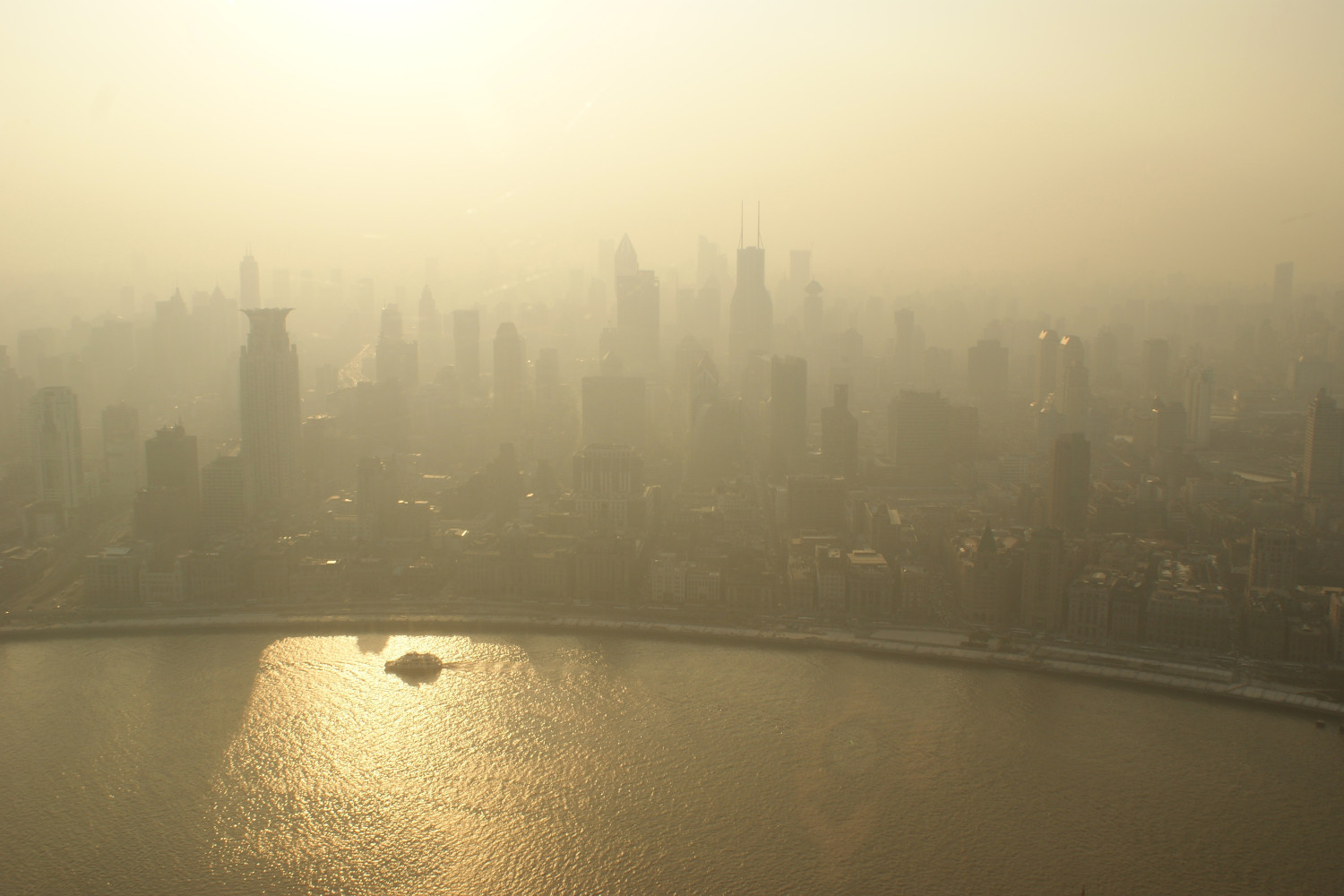“I’M DREAMING OF an ozone layer, Just like the one I used to know / Which kept out UV rays / Before aerosol sprays / And allowed for actual snow.”
OK, so this week’s lyrical New Yorker essay on climate change Christmas carols is a blatant oversimplification of a serious issue—but it is not untrue that our warming planet is slowly killing aspects of the holiday tradition we’ve taken for granted.
Not least of which is the very headquarters of Christmastime, the North Pole, where ice sheets are melting at such a rapid clip Santa’s workshop has actually drifted slightly to the south. In an article published on Christmas Eve 2012 titled ”
The Polar Express,” the New Yorker (clearly a big fan of Christmas climate change puns) writes that eventually, “you’ll be able to cross the North Pole in a canoe.” And scientists say the subsequent rising sea level may actually shift the distribution of weight on the Earth and
change the planet’s rotation, all the while our thawing arctic is causing a geopolitical fight for ownership of Santa’s abode.
Then there are the trees. A
recent report found climate change is threatening the Norwegian spruce—the traditional Christmas Tree of Scandinavia and the kind lit up right now in New York City’s Rockefeller Center. “Snow can be surprisingly cosy—acting like loft cladding to prevent sub-zero air penetrating the soil,” Sirkka Sutinen of the Finnish Forest Research Institute told New Scientist. “Less of the white stuff means frigid soil that takes longer to thaw in spring. This limits trees’ new growth and ultimately has a knock-on effect on health.” Tree farms here in the U.S., meanwhile, are forced to adapt to the increasingly erratic weather.
Speaking of which, WTF, temperatures in the 50s on Christmas day? In the Northeast?!? We’ve had two days of rain and it’s hard not think that if it weren’t for global warming it would be snow instead, especially when my childhood memories are filled with magical white snowy Christmas mornings. Apparently having had the same thought,
the NOAA tracked down data for the average late-December snowfall over the last two decades. The results were nuanced; parts of the country are actually seeing more snow now other regions less. They made a map:
It shows we shouldn’t be too quick to blame a snowless holiday on the warming planet. But, the agency also points out that analyzing just one week out of the year isn’t the best way to do science (and to be fair, neither is thinking back to your childhood) and snow is indeed melting earlier each year at the end of the cold season.
The EPA has also previously linked climate change with a decrease in snowfall. But the effects we’re likely to really notice in coming years has more to do with climate change causing extreme weather of all sorts. Sure enough researchers at MIT recently predicted that even if it snows less, the storms we do get are going to be crazy intense superblizzards.
Which is brutal for holiday travel, but actually sounds pretty nice right about now. It’s Christmas Eve, and I’m staring out the window at a sprawling green grassy field in New England. Just doesn’t seem right.
Top image: AP













